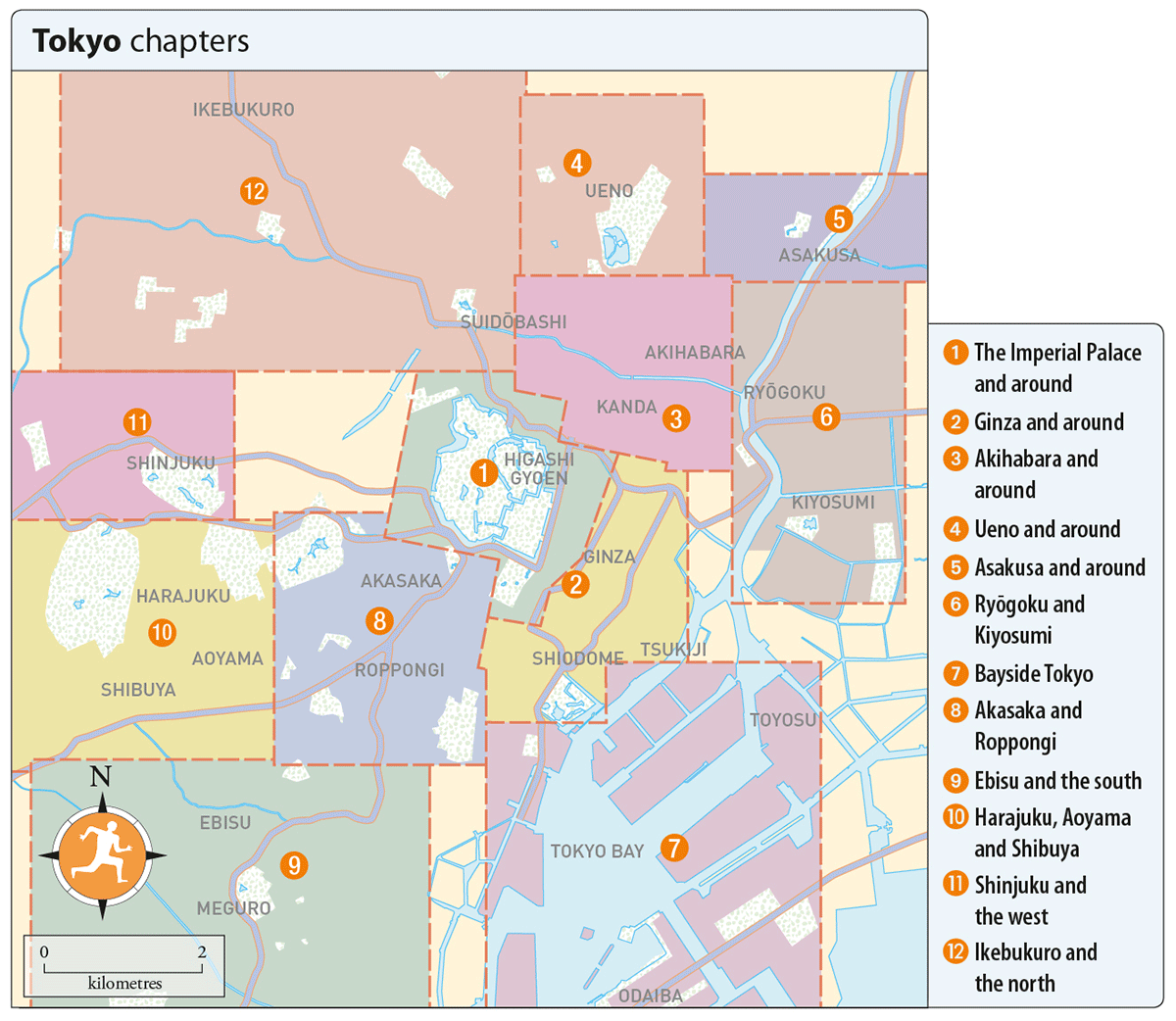HOW TO USE THIS ROUGH GUIDE EBOOK
This Rough Guide is one of a new generation of informative and easy-to-use travel-guide ebooks that guarantees you make the most of your trip. An essential tool for pre-trip planning, it also makes a great travel companion when youre on the road.
From the fills you in on history, architecture, design, film and literature and provides a handy Japanese section.
Detailed area maps feature in the guide chapters and are also listed in the , accessible from the table of contents. Depending on your hardware, you can double-tap on the maps to see larger-scale versions, or select different scales. There are also thumbnails below more detailed maps in these cases, you can opt to zoom left/top or zoom right/bottom or view the full map. The screen-lock function on your device is recommended when viewing enlarged maps. Make sure you have the latest software updates, too.
Throughout the guide, weve flagged up our favourite places a perfectly sited hotel, an atmospheric caf, a special restaurant with the author pick icon  . You can select your own favourites and create a personalized itinerary by bookmarking the sights, venues and activities that are of interest, giving you the quickest possible access to everything youll need for your time away.
. You can select your own favourites and create a personalized itinerary by bookmarking the sights, venues and activities that are of interest, giving you the quickest possible access to everything youll need for your time away.
INTRODUCTION TO TOKYO
With its sushi and sumo, geisha and gardens, neon and noodles, it may seem that Tokyo is in danger of collapsing under the weight of its own stereotypes. Yet ticking off a bunch of travel clichs is rarely this much fun, and as you might expect of the planets largest metropolis, theres also enough nuance here to keep you entertained for a lifetime. Ordered yet bewildering, Japans pulsating capital will lead you a merry dance: this is Asia at its weirdest, straightest, prettiest, sleaziest and coolest, all at the same time.
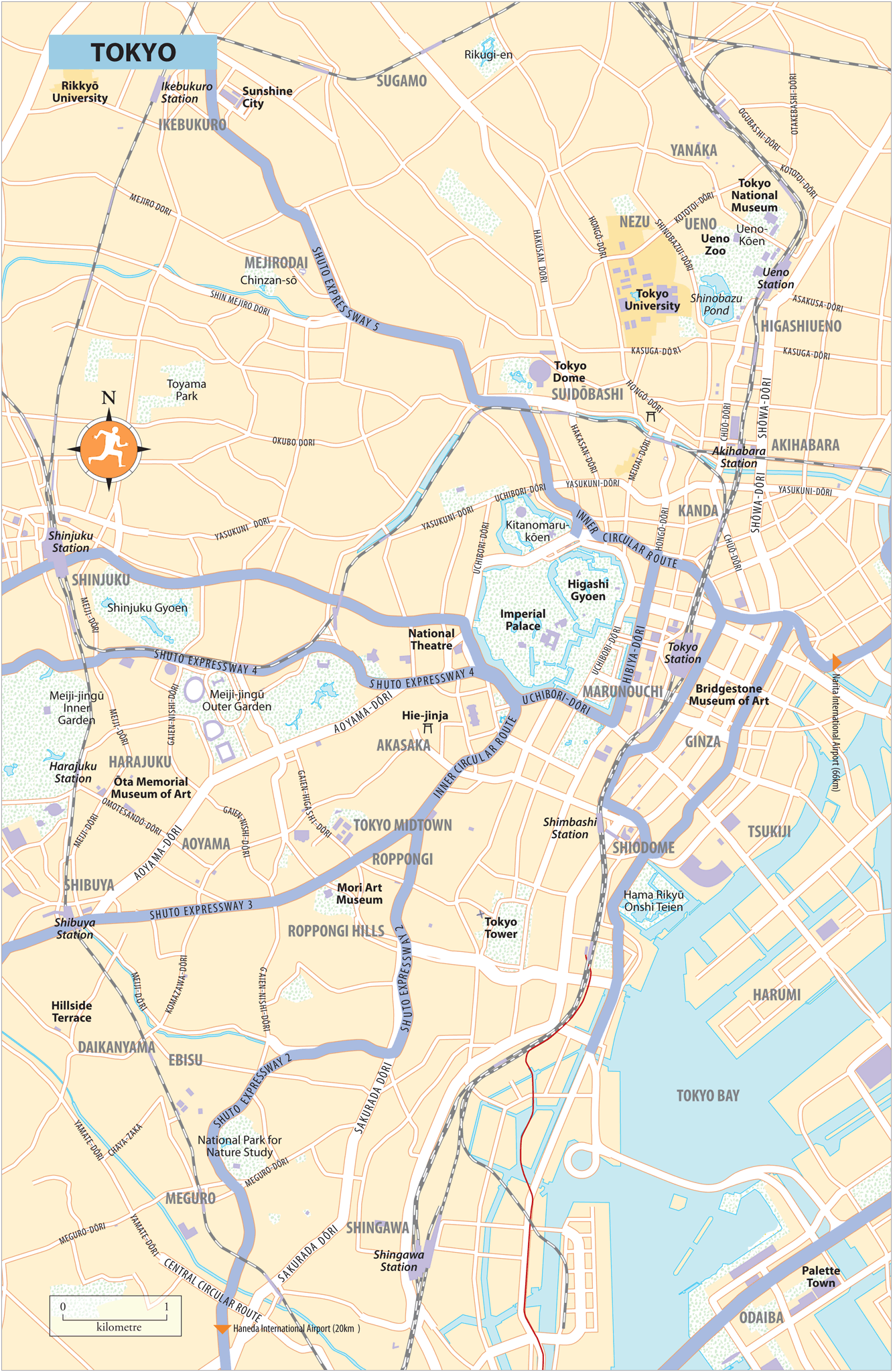
Caught up in an untidy web of overhead cables, plagued by seemingly incessant noise, the concrete and steel conurbation may seem the stereotypical urban nightmare. Yet step back from the frenetic main roads and chances are youll find yourself in tranquil backstreets, where dinky wooden houses are fronted by neatly clipped bonsai trees; wander beyond the high-tech emporia, and youll discover charming fragments of the old city such as temples and shrines wreathed in wisps of smoking incense.
Centuries of organizing itself around the daily demands of millions of inhabitants have made Tokyo something of a model metropolitan environment . Trains run on time and to practically every corner of the city, crime is hardly worth worrying about, and convenience stores and vending machines provide everything you could need (and many things you never thought you did) 24 hours a day.
With so much going on, just walking the streets of this hyperactive city can be an energizing experience. It need not be an expensive one, either. Youll be pleasantly surprised by how affordable many things are. Cheap-and-cheerful izakaya bars that serve food and casual cafs serving noodles and rice dishes are plentiful, the metro is a bargain, and tickets for a sumo tournament or a kabuki play can be bought for the price of a few drinks.
Browsing the shops and marvelling at the passing parade is mesmerizing the next best thing to having a ringside seat at the hippest of catwalk shows. The citys great wealth and relative lack of planning restrictions have given architects almost unparalleled freedom to realize their wildest dreams. Likewise, in ber-chic bars, restaurants and clubs youll see today what the rest of the world will get tomorrow. You may not figure out exactly what makes Tokyo tick and youre sure to get a little confused while trying but the conclusion is inescapable: Japans powerhouse capital is a seductive and addictive experience.

SENS-JI, ASAKUSA
What to see
One way to ease yourself into the city is by taking a relatively crowd-free turn around the Imperial Palace the inviolate home of the emperor and a tangible link to the past. From here its a quick hop to Marunouchi which has been busily restyling itself as a chic shopping and dining destination to rival glitzy Ginza .
High on your sightseeing agenda should also be the evocative Shitamachi area, Tokyos northeast quarter, where the Edo-era spirit of the city remains. Asakusa s primary focus is the major Buddhist temple of Sens-ji , surrounded by a plethora of traditional craft shops. The leafy precincts of Ueno Park contain several major museums, including the Tokyo National Museum . From here its an easy stroll to the charming and tranquil districts of Nezu , Sendagi and Yanaka , packed with small temples, shrines and shops.
The weird, wired and wonderful Akihabara area famous worldwide for its electronics stores has recently rebooted as the focus of Tokyos dynamic manga and anime scene; nearby youll find the Kanda Myjin , one of Tokyos oldest shrines and host to one of the citys top three festivals, the Kanda Matsuri . Across the Sumida-gawa is Ryguku , home to the colossal Edo-Tokyo Museum and the National Sumo Stadium .
The frenetic early-morning fish market has long been the draw at Tsukiji , on the edge of Tokyo Bay . Across the water from here, and linked to the main city by the impressive Rainbow Bridge, is Odaiba , a futuristic man-made island, where youll find the Miraikan , Tokyos most fascinating science museum, and the touristy, fun public bathhouse edo Onsen Monogatari.
Roppongi s nightlife can exhaust the most committed hedonist, but save some energy to return by day to explore the Roppongi Art Triangle formed by the National Art Center , housed in one of the citys most dazzling architectural spaces; the Suntory Museum of Art ; and the excellent Mori Art Museum, atop the Roppongi Hills complex.
The southern part of central Tokyo is a slightly unwieldy mishmash of districts revolving around Ebisu and Meguro ; highlights here include the calmer, boutique-filled Daikanyama and Nakameguro neighbourhoods.
Fashionistas should head towards on-trend Shibuya and Harajuku , and the super-chic, boutique-lined boulevards of Aoyama . When youve reached consumer saturation point, retreat to the wooded grounds of nearby Meiji-jing , the citys most venerable Shinto shrine, or peruse the delicate woodblock prints and crafts and artworks in the Nezu Museum , the ta Memorial Museum of Art or the Japan Folk Crafts Museum . This area will also be the hub of the , which will be the second Games to be held in Tokyo.
Also on the west side of the city lies Shinjuku , bursting with towering skyscrapers, endless amounts of neon, TV screens several storeys tall, and arguably the worlds most complicated railway station. Attractions here include the monumental Tokyo Metropolitan Government Building , the beautiful gardens of Shinjuku Gyoen and the lively and raffish Kabukich entertainment area; the hipster paradise of Shimokitazawa is a short trip to the west.

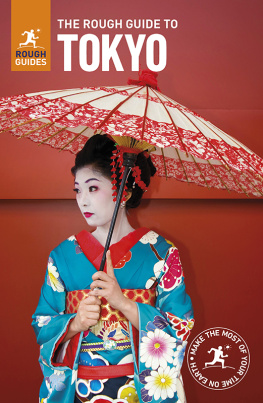


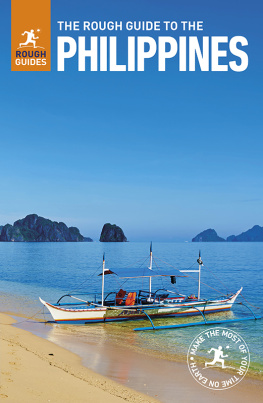
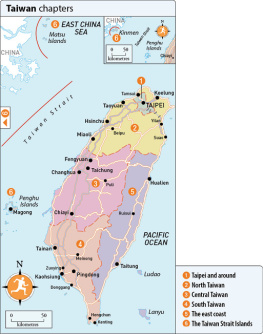
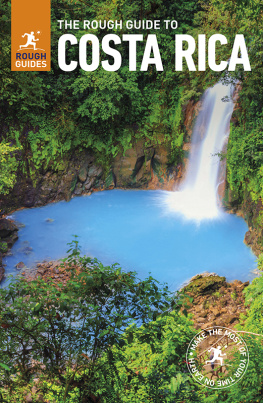

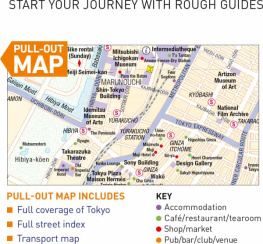
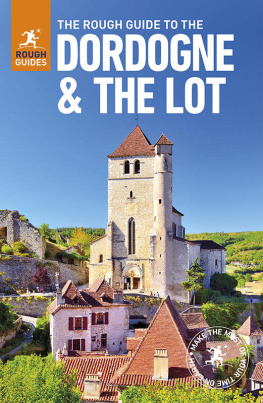

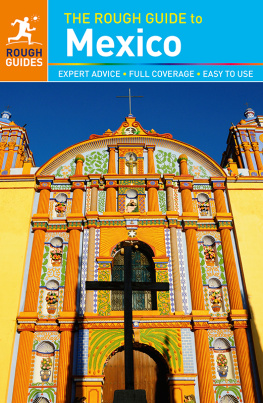
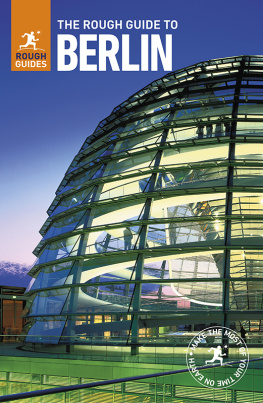

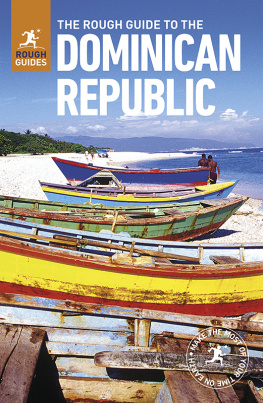
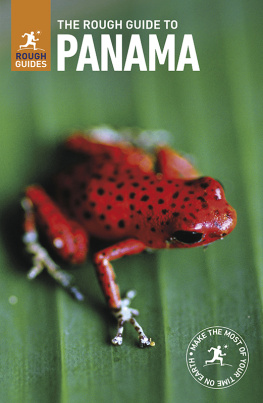
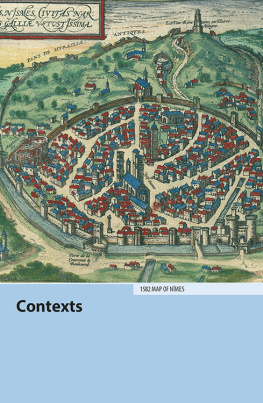
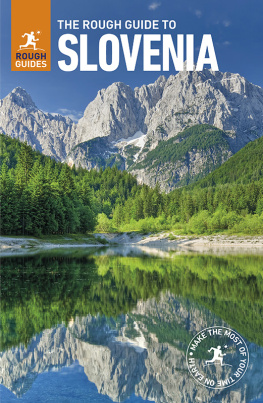

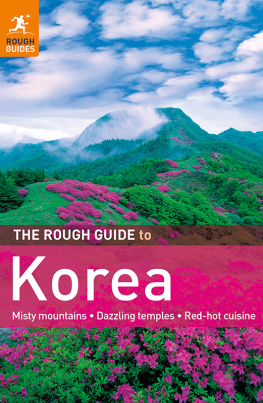

 . You can select your own favourites and create a personalized itinerary by bookmarking the sights, venues and activities that are of interest, giving you the quickest possible access to everything youll need for your time away.
. You can select your own favourites and create a personalized itinerary by bookmarking the sights, venues and activities that are of interest, giving you the quickest possible access to everything youll need for your time away.